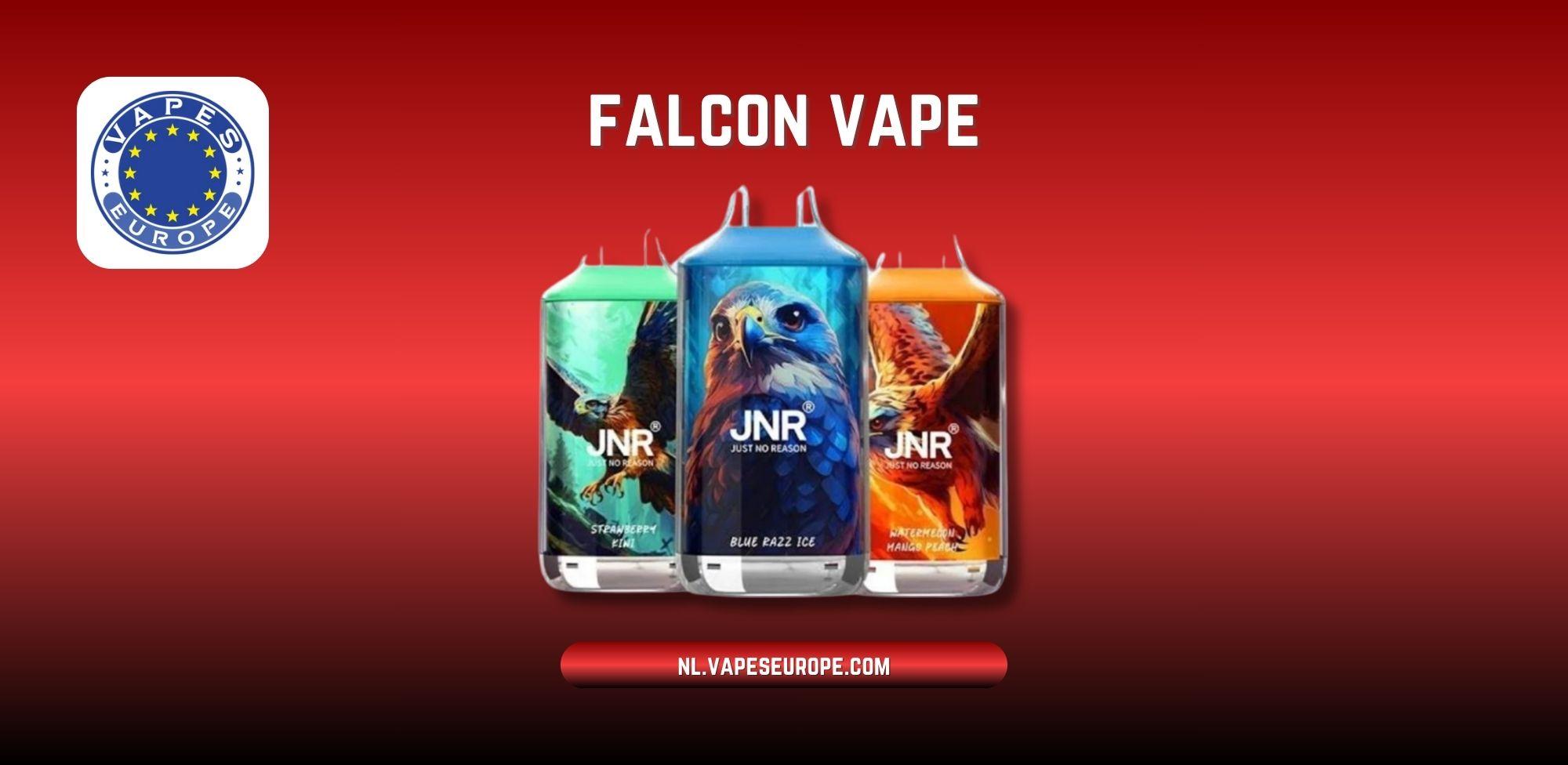Dog Treats & Chews

The strategic use of high-quality dog treats represents one of the most effective approaches to canine training, behavior modification, and relationship building available to modern pet owners. Understanding the nuanced role that treats play in canine psychology and nutrition empowers owners to make informed choices that support their dog's health while achieving training objectives and strengthening the human-animal bond.
The Psychology of Reward-Based Training
Positive reinforcement training relies heavily on the strategic use of rewards to encourage desired behaviors while building positive associations with learning experiences. Dog treats serve as high-value motivators that capture attention, maintain focus, and create enthusiastic participation in training sessions. The immediate reward delivery possible with treats makes them ideal for marking precise moments when dogs exhibit correct behaviors.
The psychological impact of treat rewards extends beyond simple behavior modification to encompass relationship building and trust development. Dogs naturally associate treat-giving with positive social interaction, strengthening their bond with handlers while creating eager anticipation for training sessions and social engagement opportunities.
Nutritional Considerations and Health Impact
Premium dog treats should complement rather than compromise your dog's overall nutritional program. Quality treats incorporate beneficial ingredients that support health while providing motivational value, including protein sources, vitamins, and minerals that contribute to optimal wellness. Understanding ingredient profiles helps owners select treats that align with their dog's dietary needs and restrictions.
The caloric content of treats must be considered within the context of daily nutritional requirements, typically representing no more than 10% of total caloric intake. This guideline ensures treats enhance rather than unbalance nutritional programs while maintaining their effectiveness as training rewards.
Training Applications and Effectiveness
Different training scenarios require varying treat characteristics to maximize effectiveness. High-value treats with strong appeal work best for challenging training situations or when competing with distractions, while lower-value options suffice for routine reinforcement and maintenance behaviors. The ability to modulate reward value based on situation helps maintain motivation while preventing over-reliance on treats.
The size and texture of training treats significantly impact their practical utility. Small, soft treats that can be consumed quickly allow for rapid-fire reward delivery during intensive training sessions, while larger, longer-lasting options work better for extended engagement or independent enrichment activities.
Variety and Preference Management
Individual dogs demonstrate distinct preferences for flavors, textures, and treat types, making variety essential for maintaining motivational effectiveness. Rotating different treat options prevents habituation while allowing handlers to match rewards to specific training objectives and environmental conditions. Understanding your dog's preference hierarchy enables strategic reward deployment for maximum impact.
Novel treats can provide motivational boosts during challenging training phases or when introducing new behaviors. The excitement generated by unfamiliar rewards can reinvigorate training sessions while creating positive associations with new learning experiences.
Special Dietary Needs and Restrictions
Many dogs require specialized diets due to allergies, sensitivities, or medical conditions, making ingredient transparency and alternative options crucial considerations. Quality treat manufacturers offer specialized formulations that accommodate common restrictions while maintaining palatability and training effectiveness.
Limited ingredient treats provide options for dogs with multiple sensitivities, while grain-free, protein-specific, or hypoallergenic formulations address various dietary requirements. The availability of specialized options ensures that all dogs can benefit from treat-based training regardless of their individual dietary needs.
Age-Appropriate Treat Selection
Dog treats must accommodate the varying needs of dogs throughout different life stages and physical capabilities. Soft treats work well for puppies and senior dogs who may have difficulty with harder textures, while durable options provide appropriate challenges for adult dogs with strong chewing capabilities.
The nutritional profiles of treats should also align with life stage requirements, supporting growth in puppies, maintenance in adults, and specialized needs in senior dogs. Age-appropriate selection ensures treats contribute positively to overall health while maintaining training effectiveness.
Storage and Safety Considerations
Proper treat storage maintains freshness, nutritional value, and safety while preventing spoilage and contamination. Understanding storage requirements for different treat types helps maximize shelf life while ensuring consistent quality and appeal. Temperature, humidity, and light exposure all impact treat integrity and safety.
Regular inspection of stored treats identifies potential quality issues before they compromise safety or effectiveness. Proper rotation schedules and storage practices protect both product quality and canine health while maximizing the value of treat investments.
Economic Considerations and Value Assessment
Quality treats represent investments in training success and relationship building, with long-term value extending far beyond immediate costs. Effective treat use can accelerate training progress, reduce professional training expenses, and prevent behavioral issues that require costly interventions.
Bulk purchasing and strategic selection of versatile treats can optimize cost-effectiveness while ensuring adequate supplies for consistent training programs. The key lies in balancing quality, quantity, and variety to support comprehensive training objectives within reasonable budget parameters.
Integration with Comprehensive Training Programs
Treats work most effectively as components of well-rounded training approaches that include physical exercise, mental stimulation, and consistent social interaction. The combination approach prevents over-reliance on food rewards while addressing multiple aspects of canine development and wellness.
Understanding when and how to fade treat rewards helps transition dogs from food-motivated compliance to intrinsic behavioral patterns, creating lasting behavioral changes that persist beyond the presence of treats. This progression represents the ultimate goal of effective reward-based training programs.
At LifeGizmoHub, we recognize that premium dog treats serve as essential tools for building stronger relationships, achieving training goals, and supporting canine health, making careful selection and strategic use crucial components of responsible pet ownership and effective canine care.








